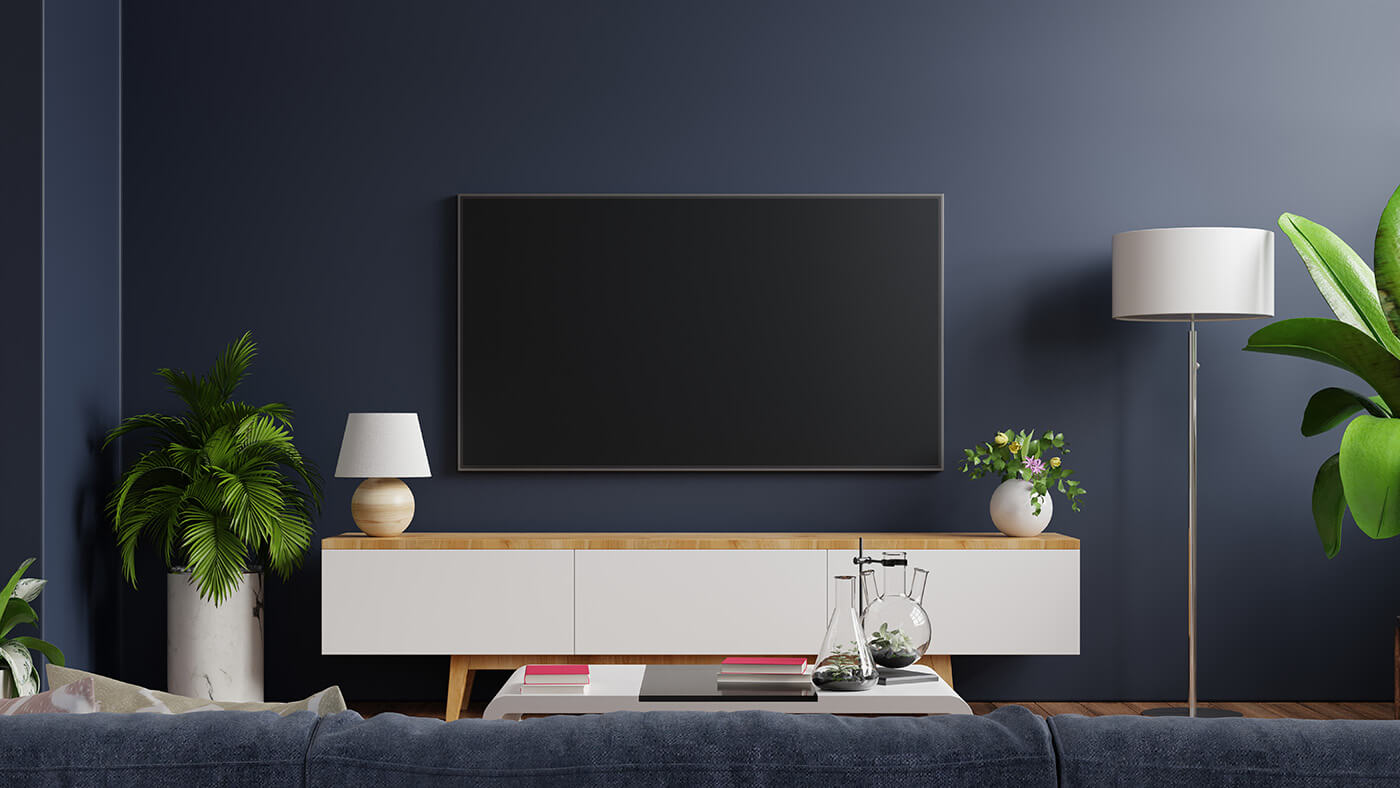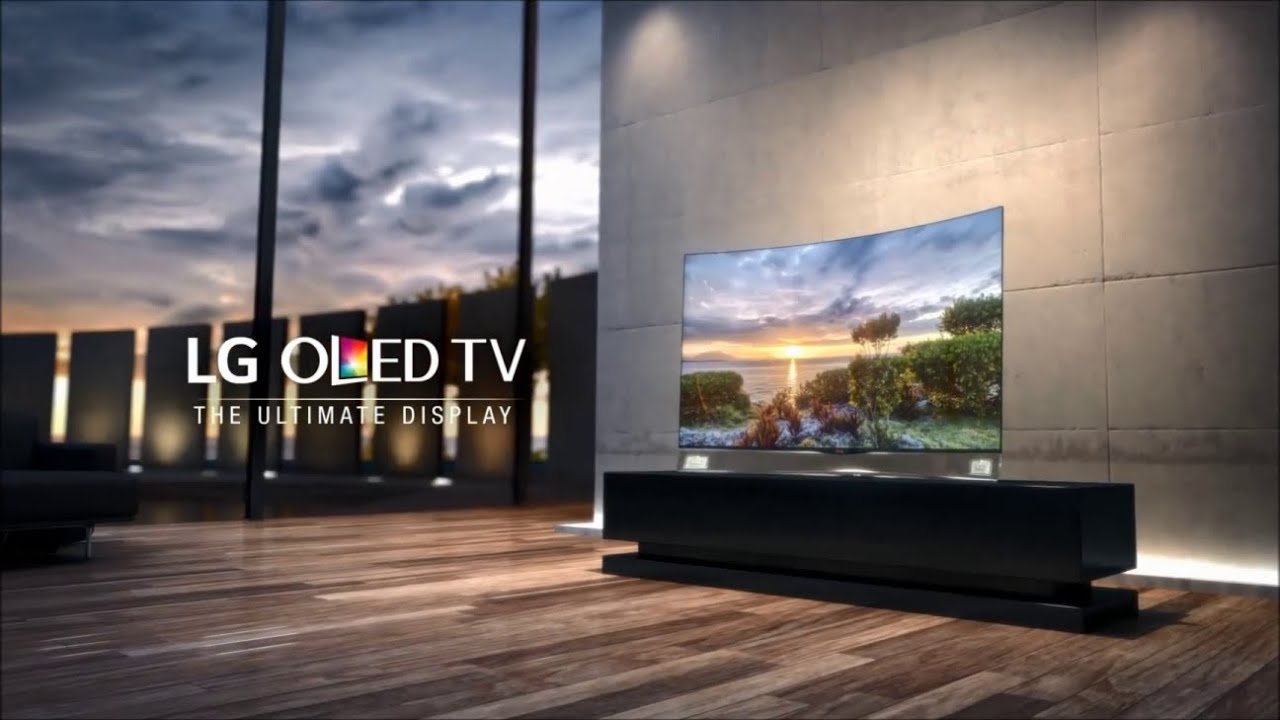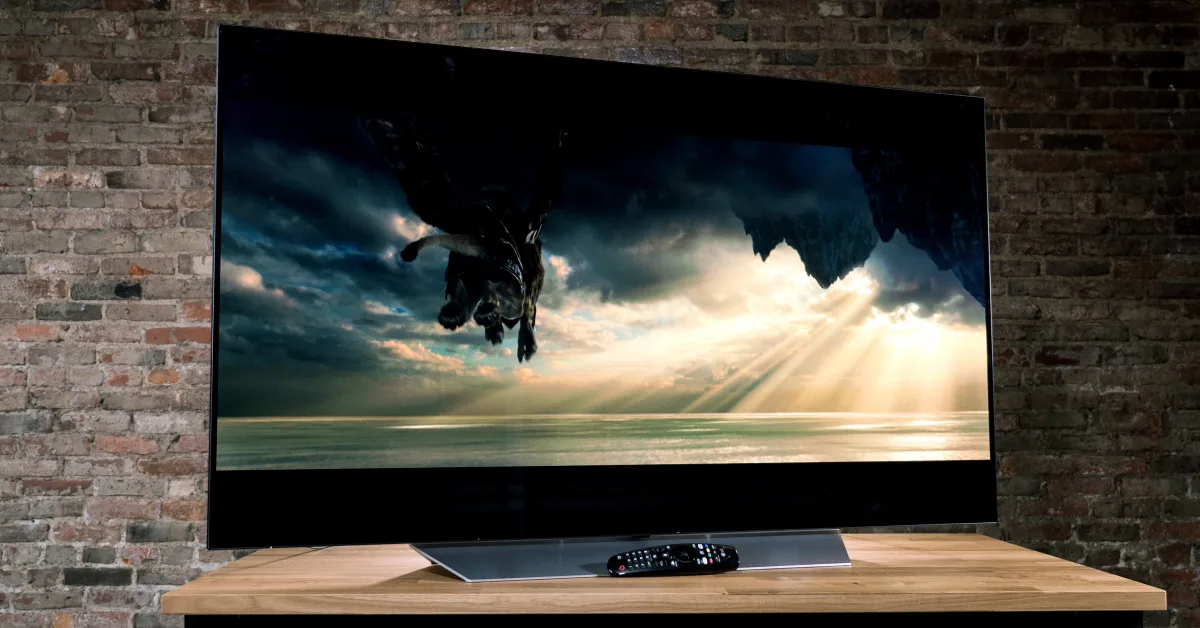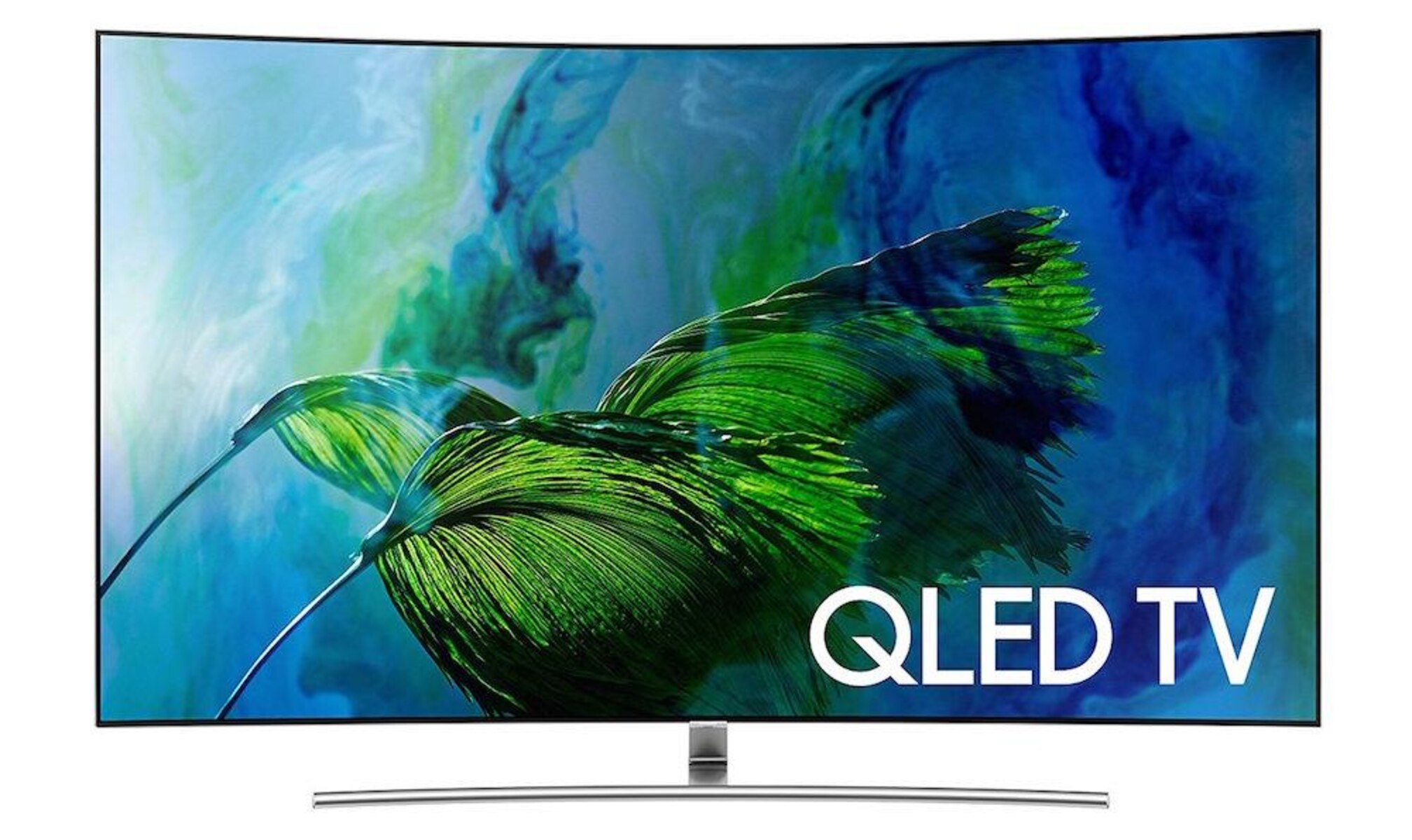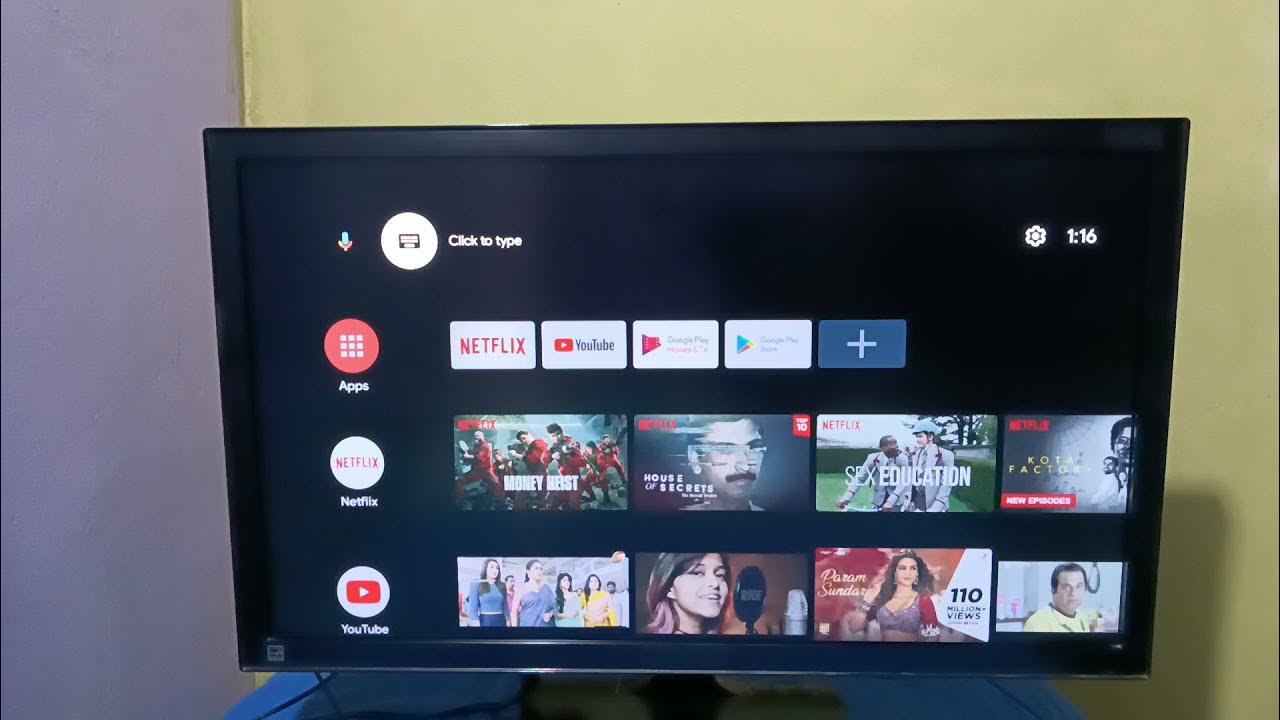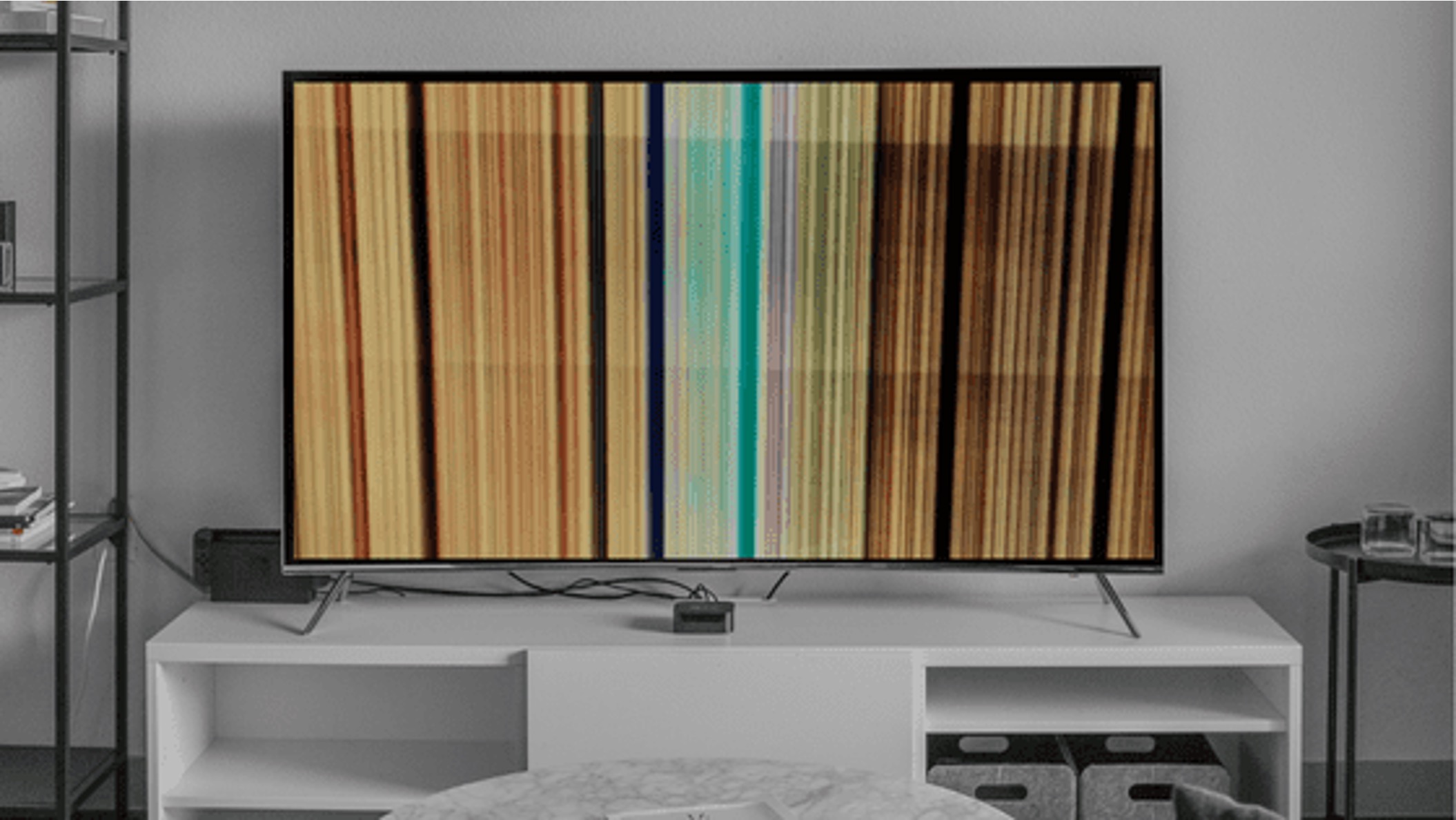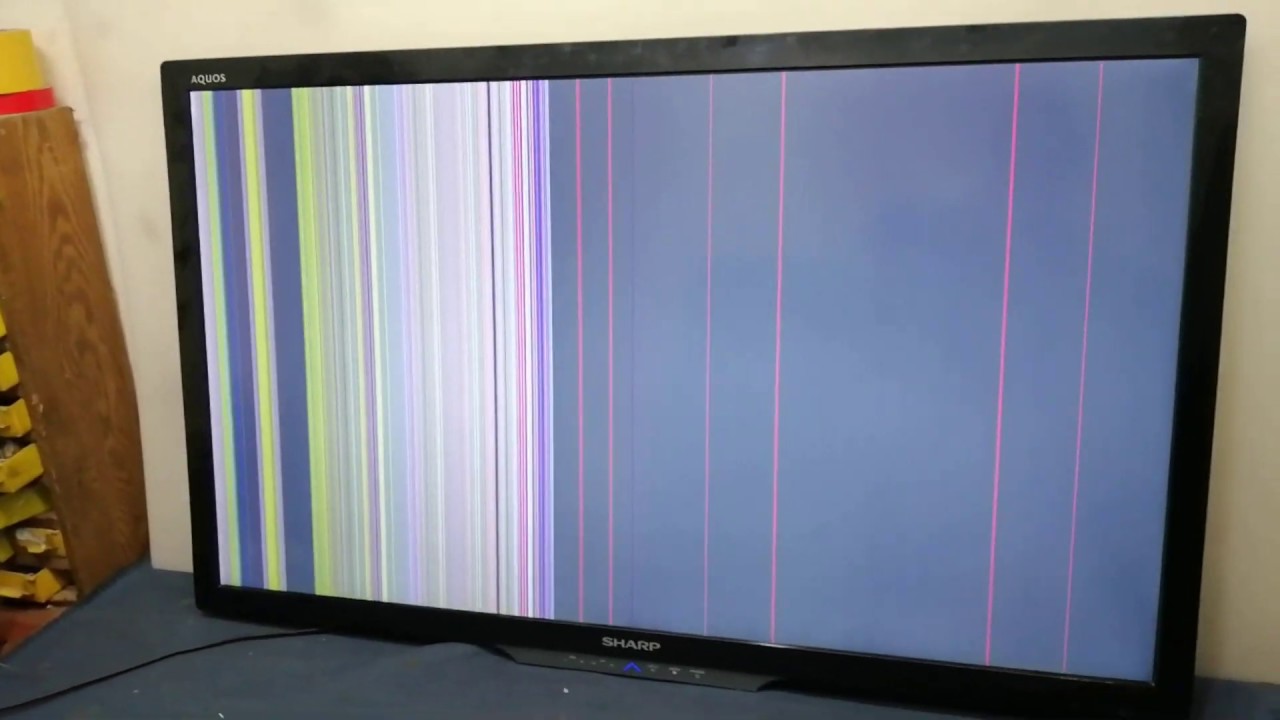Introduction
When it comes to handling and storing electronic devices, including LCD and LED TVs, proper care and attention are crucial. These modern marvels of technology have revolutionized our viewing experience, offering stunning visual quality and immersive entertainment. However, many people may not realize that these TVs are delicate and require careful handling to prevent damage.
In this article, we will delve into the importance of proper handling for LCD and LED TVs and explore the risks associated with laying them on their face. Understanding the fragile nature of these screens and the potential consequences of mishandling can help you safeguard your investment and prolong the lifespan of your television.
LCD (Liquid Crystal Display) and LED (Light Emitting Diode) TVs use advanced technology to deliver vibrant colors and sharp images. These thin and sleek devices consist of delicate electronic components, including a sensitive display screen. Unlike the older CRT (Cathode Ray Tube) TVs, LCD and LED TVs have flat screens that can be easily susceptible to damage if mishandled.
Laying an LCD or LED TV on its face can pose significant risks to its delicate screen and internal components. When placed face-down, the weight of the TV is concentrated on the screen, which can cause excessive pressure and potential cracking. The fragile liquid crystals and LED panels within the screen can become damaged, resulting in permanent image distortion or even rendering the TV unusable.
It’s essential to keep in mind that LCD and LED TVs typically come with manufacturer warranties that may be voided if the TV is not handled according to the provided guidelines. This further emphasizes the importance of understanding the proper handling techniques to avoid unnecessary expenses and headaches.
In the following sections, we will discuss the potential consequences of laying an LCD or LED TV on its face in more detail. Additionally, we will provide valuable tips and guidelines for safely transporting and storing your TV to minimize any risks and ensure its longevity.
The Importance of Proper Handling for LCD and LED TVs
Proper handling is crucial when it comes to LCD and LED TVs. These sophisticated devices are not only significant investments but also key components of our entertainment systems. By understanding the importance of proper handling, you can ensure the longevity and optimal performance of your TV.
One of the primary reasons why proper handling is vital for LCD and LED TVs is to prevent any physical damage to the delicate screen and internal components. These TVs are designed to be viewed from the front, and any mishandling that puts pressure on the screen, such as laying it face-down, can lead to cracks or damage to the liquid crystals or LED panels within. This can result in permanent distortion of the image quality, making it bothersome or even impossible to enjoy your favorite movies or shows.
Moreover, mishandling your TV can lead to more serious consequences, such as a voided warranty. Manufacturers typically provide warranties to protect consumers against defects in materials or workmanship. However, if the TV has been mishandled, the warranty may become null and void. This means that any repair or replacement costs will fall entirely on the owner, causing unnecessary financial burden.
In addition to the financial implications, mishandling your TV can also disrupt your entertainment experience. Imagine inviting friends over for a movie night, only to discover that the screen is distorted or the colors appear washed out due to mishandling. Not only will it diminish the viewing pleasure, but it may also leave a lasting impression on your guests.
Proper handling also becomes even more crucial when you need to transport your LCD or LED TV. Whether you’re moving to a new home, bringing it to a friend’s place, or relocating for an extended period, ensuring safe transportation is paramount. Improper handling during transport can cause significant damage, especially if the TV is not adequately secured or protected from bumps and vibrations.
To summarize, proper handling of LCD and LED TVs is essential to protect your investment, maintain optimal visual quality, and avoid unnecessary expenses. By following the recommended guidelines and treating your TV with care, you can enjoy a seamless and immersive viewing experience for years to come.
Understanding the Fragile Nature of LCD and LED Screens
LCD and LED screens are marvels of modern technology, delivering stunning visual clarity and vibrant colors. However, it is important to recognize the fragile nature of these screens to avoid any mishandling that could lead to irreversible damage.
LCD screens consist of a layer of liquid crystals sandwiched between two sheets of glass. These liquid crystals transmit light to create images, making them incredibly sensitive to pressure, excessive heat, and other external factors. Similarly, LED screens use thousands of tiny light-emitting diodes to produce images, which can also be easily damaged if not handled with care.
One must understand that the fragility of LCD and LED screens primarily resides in their thinness and susceptibility to pressure. When an LCD or LED TV is laid on its face, the weight of the device is concentrated on the screen. The delicate internal components, including the liquid crystals and LED panels, can become damaged or fractured under this pressure, resulting in permanent image distortion or complete screen failure.
Even smaller amounts of pressure or impact can affect the screen’s performance. Uneven pressure distribution across the screen can cause “pressure spots” or areas where the display has visible discoloration or distortion. This can be caused by stacking other objects on top of the screen or accidentally pressing on the screen with a sharp object.
Furthermore, LCD and LED screens are highly sensitive to temperature changes. Extreme temperatures, either hot or cold, can cause the materials within the screen to expand or contract, leading to damage or malfunctioning pixels. It is crucial to avoid exposing the TV to direct sunlight, extreme heat sources, or cold drafts to prevent such issues.
In addition to pressure and temperature sensitivity, LCD and LED screens are also prone to scratches. The outer layers of these screens are usually made of glass or similar material, which can easily be scratched if not handled properly. Even a small scratch can be noticeable and detract from the overall viewing experience.
Understanding the fragile nature of LCD and LED screens is vital in order to take appropriate precautions when handling and storing these televisions. By treating them with care and avoiding situations that could potentially cause damage, you can ensure the long-lasting functionality and pristine visual quality of your TV.
Risk of Damaging the Screen and Display Components
Laying an LCD or LED TV on its face poses significant risks to the screen and display components. Understanding these risks can help you avoid potential damage and maintain the visual integrity of your television.
One of the most immediate risks is the possibility of cracking or shattering the screen. When a TV is laid face-down, the weight of the device exerts pressure on the delicate screen. This pressure can cause the glass or other materials to crack, rendering the TV unusable and requiring costly repairs or replacement.
The damage is not limited to the external screen; the internal components of the display are also at risk. The liquid crystals and LED panels are responsible for producing the vibrant images on the screen. Any mishandling that puts pressure on these components can result in irreversible damage, causing image distortion or complete screen failure.
Mishandling the TV can also lead to issues with the backlighting of LED TVs. The LED panels that provide illumination can be damaged or misaligned, resulting in uneven backlighting and poor image quality. This can manifest as areas of brightness or darkness on the screen, affecting the overall viewing experience.
Furthermore, laying an LCD or LED TV on its face increases the risk of scratches to the screen and other display surfaces. Even a small scratch on the screen can be noticeable and distracting, detracting from the visual quality and enjoyment of your TV. It is important to handle the TV with care and avoid placing it on rough or abrasive surfaces that could cause damage.
It is worth noting that some TVs may come with a protective coating on the screen. While this coating can provide some level of resistance against scratches, it is not foolproof and can still be damaged if the TV is mishandled. It is always best to err on the side of caution and treat the TV delicately to avoid any potential damage.
Taking into consideration the risks associated with damaging the screen and display components, it becomes imperative to handle your LCD or LED TV with care. By avoiding the habit of laying the TV on its face and instead adopting proper handling techniques, you can mitigate these risks and enjoy a long-lasting, visually stunning television experience.
Distortion of Image and Visual Quality
Laying an LCD or LED TV on its face can lead to a distortion of the image and a degradation of the visual quality. These televisions are designed to be viewed from the front, and mishandling them can have detrimental effects on the overall viewing experience.
One of the most common issues caused by laying the TV on its face is image distortion. The delicate liquid crystals and LED panels responsible for producing the images on the screen can become damaged or misaligned under the pressure. This can result in visible lines, discoloration, or blotches on the display. The distortion can be subtle or pronounced, but either way, it detracts from the intended clarity and vibrancy of the content being displayed.
Another consequence of mishandling the TV is the development of dead or stuck pixels. Dead pixels are pixels that do not display any color, appearing as black dots on the screen. Stuck pixels, on the other hand, display a single color and do not change, appearing as bright or colored dots. Mishandling the TV can cause these types of pixel issues, exacerbating the distortion of the image and decreasing the overall visual quality.
Additionally, mishandling the TV can result in uneven backlighting. The LED panels responsible for illuminating the screen can become misaligned or damaged, causing inconsistencies in the brightness and uniformity of the backlighting. This can create areas of the screen that are brighter or darker than others, leading to an imbalanced and less visually appealing viewing experience.
Laying an LCD or LED TV on its face can also cause the development of screen reflections and glares. The delicate screen is prone to damage, smudges, and scratches that can affect how light is reflected off the surface. This can result in annoying glares or reflections that distract from the content being displayed. These reflections can be particularly problematic in rooms with bright lighting or windows.
It is important to note that once the image and visual quality of an LCD or LED TV are distorted, it cannot be easily fixed. Repairing or replacing the screen or other damaged components can be expensive and time-consuming. Prevention is key, so it is crucial to handle and store the TV properly to maintain the optimal visual experience.
By avoiding laying your LCD or LED TV on its face and ensuring careful handling, you can preserve the image quality and visual integrity of your television. This will allow you to fully enjoy the vibrant colors, sharp details, and immersive viewing experience that these high-quality screens were designed to provide.
Potential Voiding of Warranty
Mishandling your LCD or LED TV by laying it on its face can have additional consequences beyond physical damage and visual degradation. It can potentially void the warranty provided by the manufacturer, leaving you responsible for the costs of any repairs or replacements that may be needed.
Typically, manufacturers provide warranties to protect customers against defects in materials or workmanship. These warranties often come with specific guidelines and instructions on how to handle and care for the TV properly. If you disregard these guidelines and mishandle the TV, such as laying it on its face, the manufacturer may consider it a violation of the warranty terms.
Voiding the warranty can have significant financial implications. If your TV experiences any issues or malfunctions within the warranty period, you would normally be entitled to free repairs or a replacement. However, if the warranty is voided due to mishandling, you would be solely responsible for any repair or replacement costs. This can result in unexpected expenses that could have been avoided by simply following the recommended handling procedures.
Furthermore, voiding the warranty can also lead to additional frustrations and inconvenience. Without the warranty coverage, you may have to search for a reliable repair technician or service center on your own. This can be time-consuming and can potentially result in subpar repairs or higher costs.
To avoid voiding the warranty, it is crucial to handle the TV according to the manufacturer’s guidelines. These guidelines often include recommendations for proper transportation, storage, and placement of the TV. Following these instructions will not only help prevent any physical damage to the screen and internal components but also ensure that you maintain the warranty coverage for the duration specified by the manufacturer.
Before assuming that mishandling your TV is inconsequential or that the warranty will cover any damage, it is important to carefully review the warranty terms and conditions. By understanding the potential consequences of mishandling and taking the necessary precautions, you can protect your warranty coverage and have peace of mind knowing that your TV is fully backed by the manufacturer.
Tips for Safely Transporting and Storing LCD and LED TVs
Properly transporting and storing your LCD or LED TV is essential to prevent any damage and ensure its longevity. Whether you are moving to a new home or storing the TV for an extended period, following these tips will help keep your television safe and in optimal condition.
1. Use the original packaging: Whenever possible, it is recommended to use the original packaging that the TV came in. The foam inserts and cardboard inserts in the box are specifically designed to provide cushioning and protection during transit.
2. If the original packaging is not available, invest in a sturdy TV-specific box: Look for a box that is specifically designed for transporting TVs. These boxes usually have foam padding and adjustable straps to securely hold the TV in place.
3. Remove any detachable components: Before packing the TV, ensure that all detachable components such as the stand, cables, and remote control are properly removed and securely stored.
4. Protect the screen: Place a soft microfiber cloth or foam padding over the screen to protect it from scratches or impacts during transportation. Secure it in place using tape that does not leave any sticky residue.
5. Avoid laying the TV on its face: As mentioned earlier, laying the TV on its face can cause significant damage. Always transport and store the TV in an upright position.
6. Use a proper transport vehicle: If you are moving the TV yourself, ensure that you have a vehicle with enough space to securely transport it. Avoid placing other heavy objects or items on top of the TV that can put unnecessary pressure on the screen.
7. Lift and handle with care: When moving the TV, always lift it from the bottom and avoid applying pressure to the screen or other sensitive areas. Keep a firm grip and be cautious of any sudden movements or bumps.
8. Keep the TV in a controlled environment: Avoid exposing the TV to extreme temperatures or humidity levels during transportation and storage. Optimal conditions are usually within a range of 40-95ºF (4-35ºC) and 20-80% humidity.
9. Consider professional movers or storage services: If you are unsure about safely transporting or storing your TV, it may be worth hiring professional movers or utilizing storage services that specialize in handling electronic devices.
By following these tips, you can confidently transport and store your LCD or LED TV without the risk of damage. Taking the necessary precautions ensures that your TV will continue to provide optimal performance and visual quality for your viewing pleasure.
Conclusion
Taking proper care of your LCD or LED TV is essential to protect your investment and ensure a superior viewing experience. Mishandling these delicate devices, such as laying them on their face, can lead to irreversible damage to the screen and internal components, resulting in distorted images, voided warranties, and costly repairs.
By understanding the fragile nature of LCD and LED screens, you can take precautions to prevent damage. Avoiding the habit of laying the TV face-down is crucial, as it can cause cracks, pressure spots, and scratches. Additionally, being mindful of temperature and avoiding extreme heat or cold can help preserve the integrity of the screen and prevent malfunctions.
It’s important to recognize that mishandling your TV can also void the manufacturer’s warranty, leaving you responsible for any repair or replacement costs. Adhering to the recommended handling guidelines outlined by the manufacturer ensures that you can take advantage of the warranty coverage and avoid unnecessary expenses.
Transporting and storing your TV correctly is equally important. Whether using the original packaging or investing in a specialized TV box, ensuring the TV is securely placed and protected during transportation is crucial. Additionally, lifting the TV from the bottom, avoiding sudden movements, and keeping it in a controlled environment during storage will help maintain its condition.
By implementing these tips for safely handling, transporting, and storing your LCD or LED TV, you can prolong its lifespan, maintain optimal visual quality, and enjoy a seamless entertainment experience. By treating your TV with care, you can ensure that it continues to be the centerpiece of your home entertainment setup for years to come.







